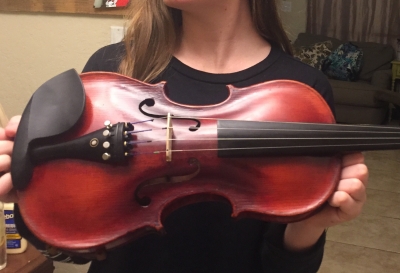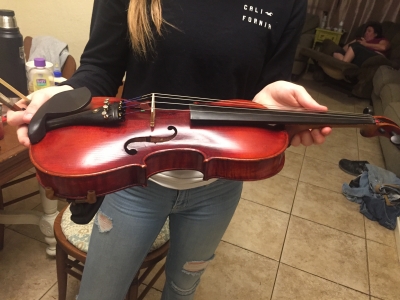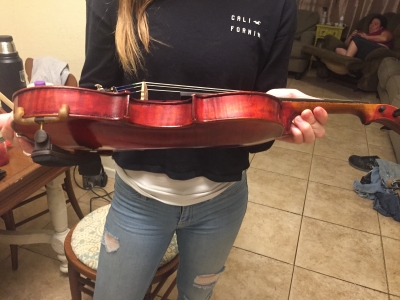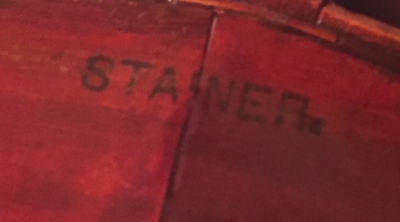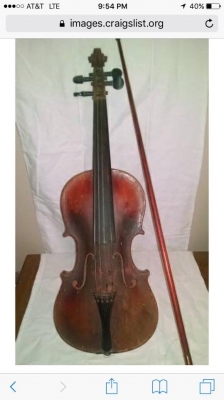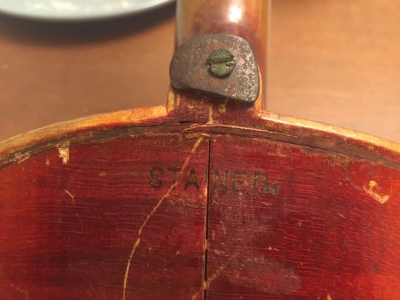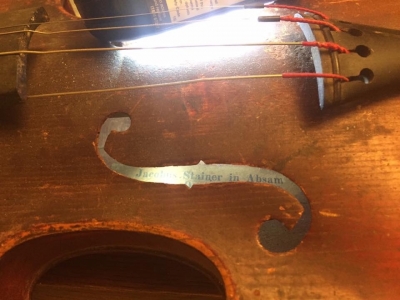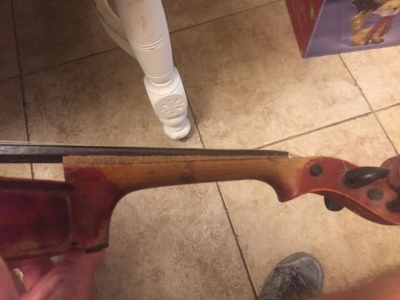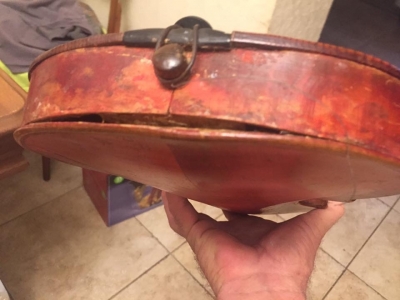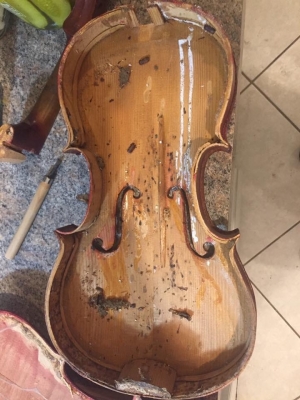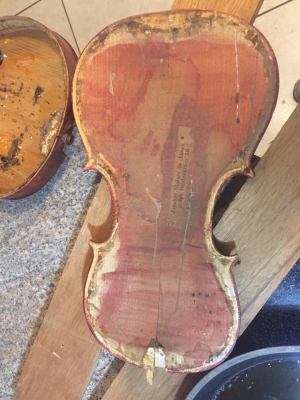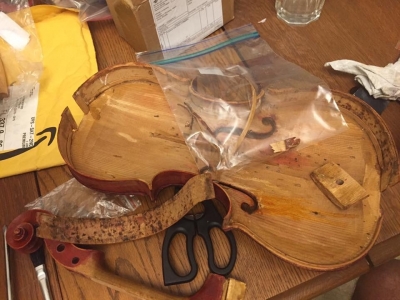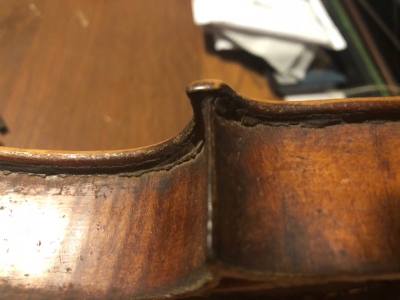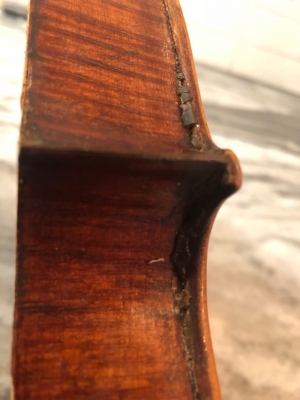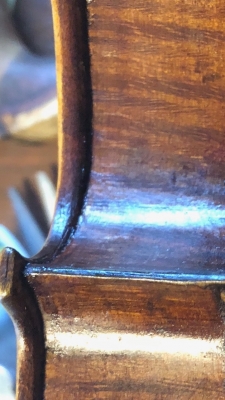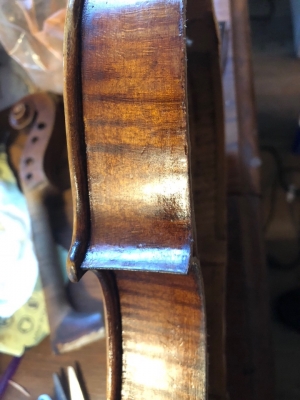Welcome to our forum. A Message To Our New and Prospective Members . Check out our Forum Rules. Lets keep this forum an enjoyable place to visit.
Currently working on errors from the latest (SimplePress) forum update. Many issues have been resoled and others are being worked on. Thank you for your patience.
 Topic RSS
Topic RSS



 (1 votes)
(1 votes)  Offline
Offline
Hi, I'm just doing my research and since you people are wonderful and nice. (And frankly its nicer to not have to spend time messing with Mr. Google) I was wondering what techniques you lot use to clean up these violins and the extra glue and gunk.
I'm trying to figure out exactly what I need to do to do a good job here in preparing to work on my main violin as well as when I start tackling my messed up mosaic trade fiddle.
Regulars
 Offline
Offline

Steveduf works on many more older instruments than I do, so if he says something different, go with his judgement.
There are many commercial Violin finish cleaning preparations, which are expensive so I don’t use them. And there are a wide variety of finishes that have been applied to violins, so it is best to apply any cleaning technique to a hidden area first.
Globs of hide glue can generally be removed by heating the area with a hot air gun and using the back side of an exacto knife. Use your finger tips to monitor heat (130 f is generally too hot to remain in contact) or use an infrared thermometer. Do not use hot water on a q-tip, since water will cause white areas in the finish (been there, done that).
Naptha (lighter fluid) on a clean microfiber cloth is an excellent cleaner and can “reconstitute” some types of checked finishes. Do not use paper towels. Do not spend a lot of time on one area. If the finish is not checked, you can also try Simichrome Polish on a microfiber cloth.
A few drops of boiled linseed oil can work wonders on a ebony fingerboard. Apply with cloth, wait a minute or two, and wipe away excess. A few drops applied to a paper coffee filter can be used on the scroll, neck, and body.
Renaissance Paste Wax is a little pricey but it does a very good job and has cleaning properties.
Success is the progressive realisation of a worthy ideal. —Earl Nightingale.
Regulars
 Offline
Offline
I have been dodging this question trying to think of my best response. There are many types of finishes and techniques as to how the violin was stained that you’ll come to recognize..My advice is to start with a safer cleaner and progress into something more aggressive. I personally am very aggressive and wouldn’t do what I do until you feel more comfortable.
Fot instance... on my one mosaic that you posted about. The stain was put on before the varnish, it made it easy to just clean it with ethyl alcohol. I started with isopropyl and once I got the feel of it I switched to ethyl. It’s really scary and I wouldn’t advise it until you have more experience. You have to work down through the layers and be careful not to burn through all the varnish and cause a light spot. Once cleaned I put on a layer of French polish. If it is too glossy, I let it sit for a day or so and harden and satinize the finish with really fine steel wool. I am a big fan of powdered stains in touching up. I either mix them with water, alcohol or different viscocities of shellac. There again I learned with trial and error.
if you look back in my earliest posts, Mack and I bought a Stainer for $30 that was just horrible. Nothing to lose if it didn’t work... turned out decent and is a mid 1800s.
If you decide to be aggressive, be prepared that it might not go as well as you hoped, just saying.
Steve
Regulars
 Offline
Offline
Fiddlerman said
@steveduf - You did a fantastic job on the Stainer. How does it sound now?
The Stainer is bright, has fairly good projection... Mack likes a more dark and mellow.
in all fairness we could try a different set of strings instead of preludes and maybe adjust the post and work on the bridge a little more and maybe it’d fit her liking. But it does sound decent.
Regulars
 Offline
Offline

@steveduf . Try heating up the excess hide glue with a hot gun before you have at it with the exacto blade back. I swear it comes off like fresh gorilla snot on a door knob.
Keep the blade at room temperature. I tried to heat up the blade once as well as the glue and all I did was smoosh it around and made a bigger mess.
Success is the progressive realisation of a worthy ideal. —Earl Nightingale.
1 Guest(s)


 Log In
Log In Register
Register





